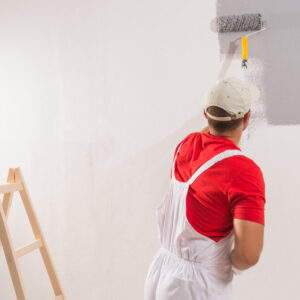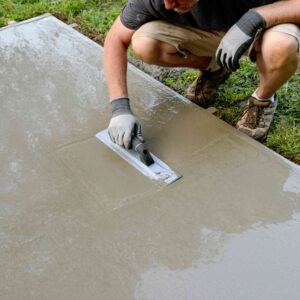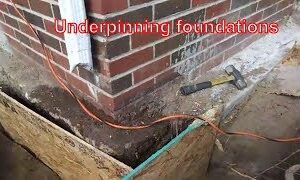There are many types of retaining walls available. These walls are used to stabilize slopes and stabilize the ground beneath them. They can be made of wood, concrete, metal, or both. The location you intend to use the retaining wall will determine which type you choose. Here are some typical examples. Below are the pros & cons of each. Continue reading to learn more about each. Contact a professional if in doubt about which one is the best for your site.
There are many types of retaining walls. Gravity walls are the simplest of all three. They are made of concrete blocks, bricks, and masonry. Gravity walls are heavy and can withstand lateral pressure. However, they are susceptible to sliding and toppling due to their rigidity. Gravity walls are susceptible to being overloaded by lateral Earth pressure. Therefore, they can be expensive to build.
There are many types of retaining walls. Different types are better suited to specific projects. Take the time to educate yourself about the differences between these products. Knowing the differences between these products will help you find the right wall for you project. A good starting point is to learn more about the materials and benefits of each type. The most common problem with quality walls is their inability to last for long.

Although each type of wall has similar benefits, there is a key difference between them. Their design and maintenance are the main differences. Brick and stone retaining walls require a skilled mason to install properly and require a lot of backfill to maintain structural integrity. Both types of wall are eco-friendly. You do not want to damage your landscape or property.
Cantilever is another type retaining wall. This type is held up by the active and passive pressures of the ground behind it. It is often made up of sheet piles supported at the bottom by ties. A cantilever wall can be constructed that is vertically or horizontally. This type of wall is not like a diaphragm and will not collapse or tipping over if it is unstable.
Retaining walls can be a great way for your landscape to be protected from erosion and your home from natural disasters. They will not only stop your building falling, but will also save you money. There are three types to choose from: gabions (steel sheet piles), wooden retaining walls, and steel sheet piles (gabonions). Each type has its advantages. The best retainingwall for your project is the one that you choose.
Some types of retaining wall have an obvious aesthetic appeal. Some wall types have issues with soil pressure. For instance, a brick wall may not withstand the force of a mudslide. Wooden retaining wall can also attract termites. The materials and the situation will determine the type of retaining wall that is used. A concrete block retaining wall is the most commonly used.
Reinforced-soil retaining walls are made with retrained dirt and are designed and built by geotechnical engineers. These retaining walls are built in layers. These structures are constructed of concrete and stone, to resist erosion. Using Criblock to face a reinforced soil retaining wall is an alternative to using bricks. These materials are easy to install. The wall will be more sturdy if it is reinforced.
A cantilevered wall is a type of retaining wall that is designed to withstand soil pressure. It consists of two parts: a base slab, and a thin stem. The base slab is what holds the soil. Both components convert horizontal pressure to vertical pressure. These walls are usually made of concrete. Concrete is softer than clay when making a cantilever. The material’s mass will determine how strong it is.
Popular options include soil nailed walls. They can be used to replace reinforced concrete. They are also less expensive than other retaining walls systems. These walls can only be used for temporary purposes. They are not recommended for use in areas with high formation. They are not as rigid as other types. They are a temporary, low-cost retaining wall system. They are not recommended for large-scale construction. They are also not suitable for a permanent structure.




